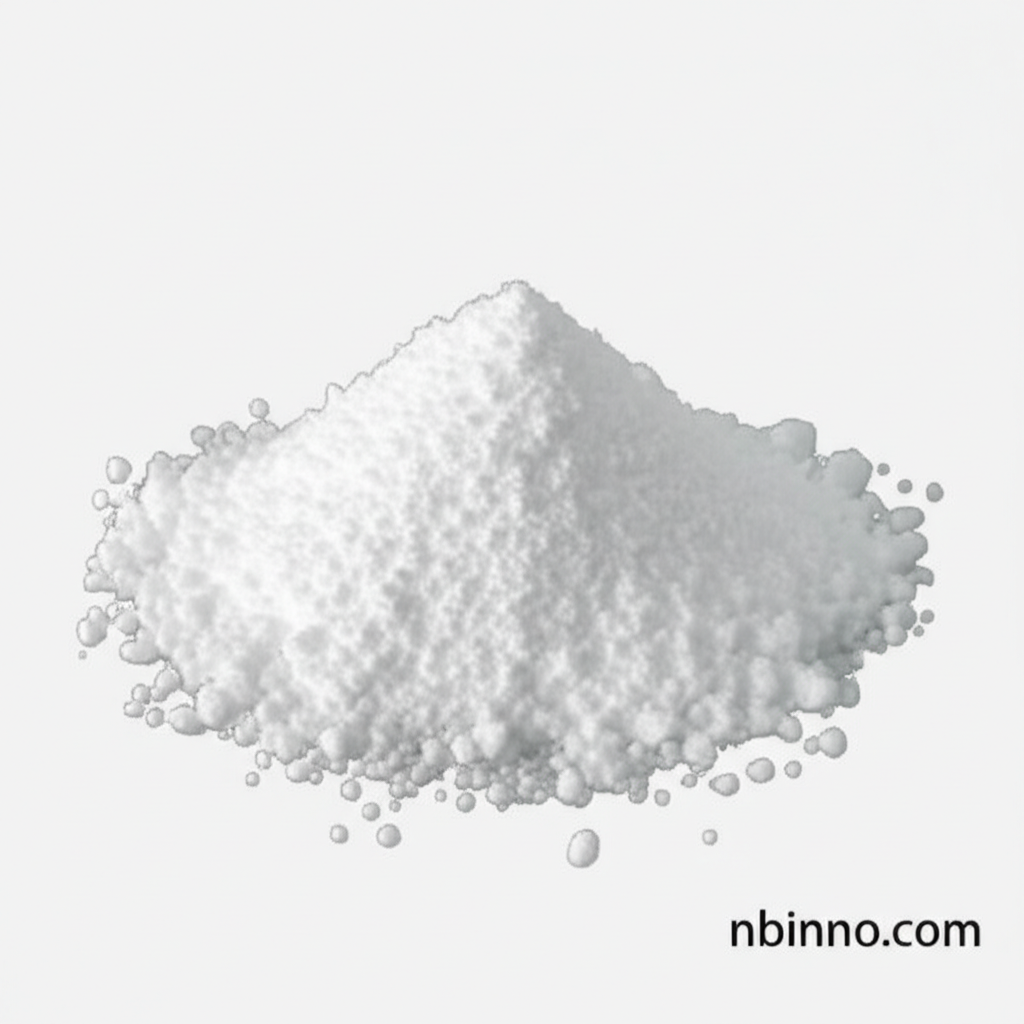The Power of p-Toluenesulfonyl Semicarbazide in Industrial Foaming
Discover the benefits of this high-temperature blowing agent for advanced material processing.
Get a Quote & SampleProduct Core Value

p-Toluenesulfonyl Semicarbazide
p-Toluenesulfonyl semicarbazide, identified by CAS 10396-10-8, is a specialized chemical compound primarily functioning as a high-temperature nitrogen-releasing blowing agent. It is highly valued for its safety during processing and its ability to generate fine, uniform cellular structures in various polymers and rubbers. Its decomposition temperature can be further adjusted through surface treatments, making it adaptable for a wide range of industrial applications.
- Explore the efficacy of p-Toluenesulfonyl semicarbazide foaming agent in enhancing material properties.
- Learn about the applications of high temperature blowing agents for plastics in creating lightweight yet durable products.
- Understand the benefits of N2 releasing blowing agent applications for achieving precise cellular structures.
- Discover how this safe foaming agent for synthetic rubber contributes to improved product performance and versatility.
Key Advantages
High-Temperature Performance
This compound excels as a high-temperature blowing agent for plastics, making it ideal for materials processed at elevated temperatures, as seen in industrial plastic processing chemicals.
Processing Safety
One of its significant advantages is the inherent safety during processing, mitigating the risk of premature foaming and ensuring controlled expansion, a key aspect of Celogen RA blowing agent properties.
Versatile Application Range
It serves as a versatile foaming agent for synthetic rubber and a wide array of plastics including ABS resin, nylon, hard PVC, polypropylene, and polycarbonate, showcasing its broad utility.
Key Applications
Plastic Foaming
As a potent high-temperature blowing agent for plastics, it is extensively used in ABS resin, nylon, hard PVC, polypropylene, and polycarbonate to create foamed structures.
Synthetic Rubber Expansion
It is a crucial component in the production of synthetic rubber, contributing to the formation of cellular materials with desirable properties, often found in safe foaming agent for synthetic rubber discussions.
Controlled Decomposition
With surface treatments, such as urea modification, its decomposition temperature can be lowered, expanding its utility as a blowing agent for lower-temperature applications.
Industrial Chemical Intermediate
Beyond its direct foaming agent role, it functions as a valuable chemical intermediate in various industrial chemical synthesis processes.
